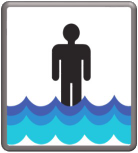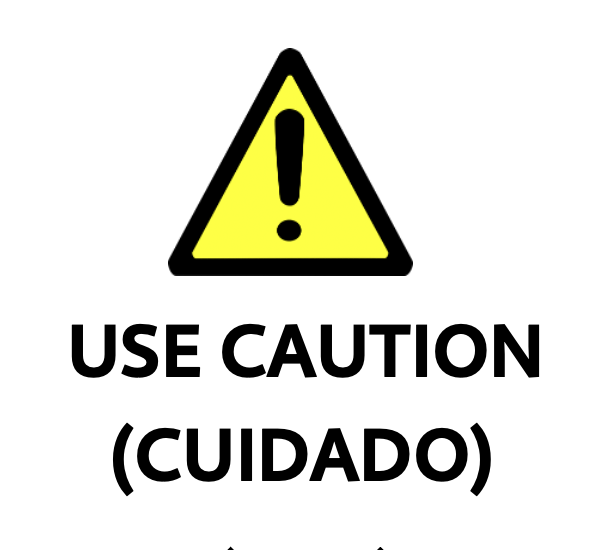MV CYANO
Current Monitoring
Select a pond to view the latest data
Pond List
All sites sampled are indicated with colored dots. Please note the date, as data and sampling locations can vary.
Understanding the Reports
 |  |  |  |  |
 |  |  |  |  |
 |  |  |  |  |
 |  |  |  |  |
 |  |  |  |  |
 |  |  |  |  |
 |  |  |  |  |
 |  |  |  |  |
Key



2024 Season Data Presentation
2023 Season Data Presentation
Past Data
About MV CYANO
MV CYANO is a collaborative initiative among Island Boards of Health and scientists from Great Pond Foundation to monitor cyanobacteria on Martha’s Vineyard.
Cyanobacteria, a.k.a. blue-green algae, are a group of microorganisms found in all Vineyard waters. When cyanobacteria grow rapidly or bloom, they can produce cyanotoxins, which when concentrated, can cause adverse health effects in humans, pets, or livestock who wade in or ingest blooming waters.
Our Partners
This program was developed through a collaboration of Island Boards of Health
- Town of Edgartown
- Town of Chilmark
- Town of West Tisbury
- Town of Tisbury
- Town of Oak Bluffs
- Dukes County
- Inter-Island Public Health Excellence Collaborative
With scientific and financial support provided by
- Great Ponds Foundation
- Chilmark Pond Foundation
- Edey Foundation
In Case of Emergency
If you have come into contact with a cyanobacteria bloom and are having adverse health symptoms, please contact your physician immediately. Please also follow up with your local board of health.
If your pet or livestock has come in contact with a cyanobacteria bloom, please contact your veterinarian immediately. Please also follow up with your local board of health.
For blooms in Edgartown Great Pond, Crackatuxet Pond, Sengekontacket Pond, or within the Town of Edgartown:
Brice Boutot, Edgartown Board of Health Agent | p: 508.627.6120 | e: healthagent@edgartown-ma.us
For blooms in Tisbury Great Pond, or within the Towns of West Tisbury and Chilmark:
Alex Lam, West Tisbury Board of Health Agent | p: 508.696.0105 | e: boh@westtisbury-ma.gov
For blooms in Chilmark Pond, or within the Town of Chilmark:
Anna McCaffrey, Chilmark Board of Health Administrator | p: 508.645.2105 | e: boh@chilmarkma.gov
For blooms in Sengekontacket Pond, or within the Town of Oak Bluffs:
Alexa Arieta, Oak Bluffs Board of Health Agent | p: 508.693.3554 ex127 | e: aarieta@oakbluffsma.gov.
For blooms in Lake Tashmoo, or within the Town of Tisbury:
Drew Belsky, Tisbury Board of Health Agent | p: 774.563.3870 | e: dbelsky@tisburyma.gov
For blooms within the Town of Aquinnah:
Marina Lent, Aquinnah Board of Health Agent | p: 508.645.2309 | e: health-agent@aquinnah-ma.gov

